In Auto Review 9, we test 4 electric city cars. The Fiat 500e competes against the Renault Zoe, the BMW i3 and the Mini Electric. In this online summary, everything revolves around the two cheapest electric cars from that test: the 500e and the Zoe.

Renault was there early: the Zoe came on the market in 2013. His battery pack was 22 kWh at the time. The new Zoe has 52 kWh. That’s a big battery for such a small car!
Fiat is actually only just looking. Okay, in 2013, there was an electric 500 that was sold in California, but after that, Fiat just complained about how much money it cost. Now the Italians see bread in electric driving, because the new Fiat 500 is only available with a plug. The 500e also has a battery of 37 kWh (net).

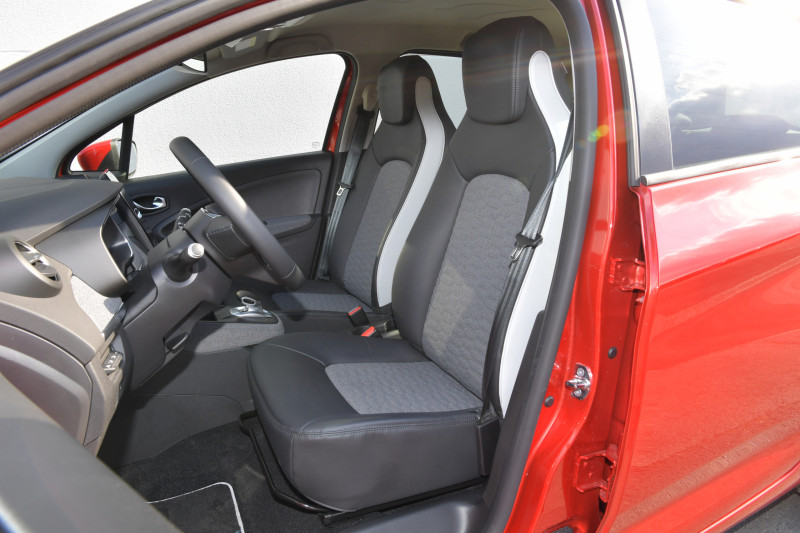
Interior space: the Renault Zoe is more spacious
The Fiat 500e therefore has a smaller battery pack. In addition, it is less spacious. In the front, the Zoe and the 500e don’t differ much, but the Renault is much more spacious in the back. Plus, it just has five doors and acceptable legroom.
pssst. Would you like to read about the results of our comparative tests?
Sign up for our newsletter!
On the back seat of the 500e you can only put down a few things: your favorite toothpick and a roll of masking tape, for example. Fiat offers the 500th optional as a 2000 euro more expensive 3+1 version. Then there is an extra door behind the passenger door.
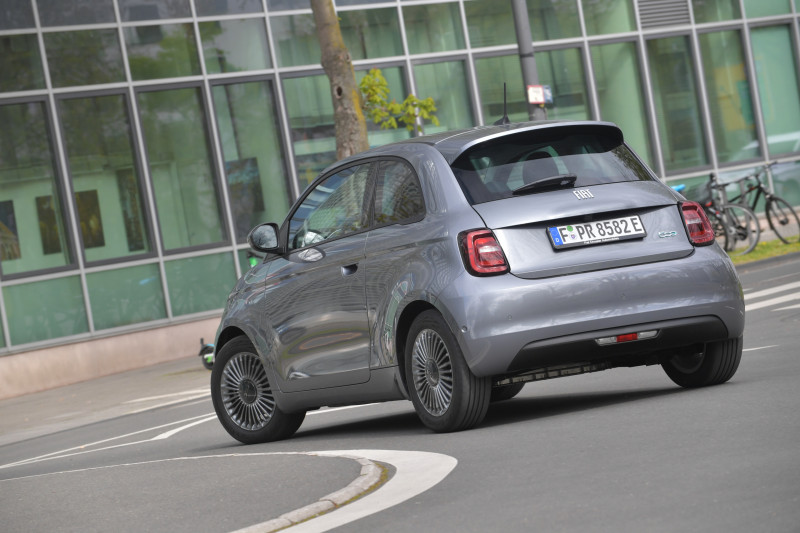
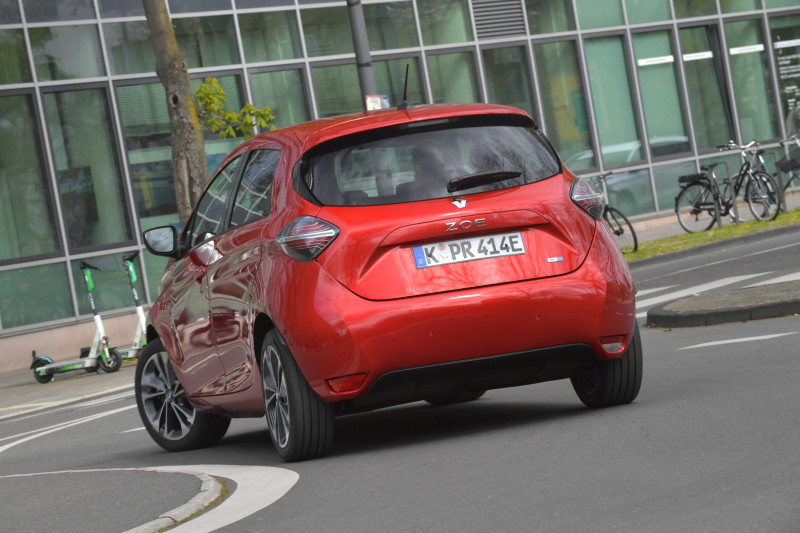
Driving characteristics: The Fiat 500e is more fun
The fact that we opt for the electric Fiat 500 is largely due to the driving pleasure. The Italian car has more traction than the Frenchman and can be steered with great precision through the bends of our test track. The steering and braking feel of the mostly comfortable Renault Zoe lack precision and clarity. In addition, it has the least grip and the largest turning circle.
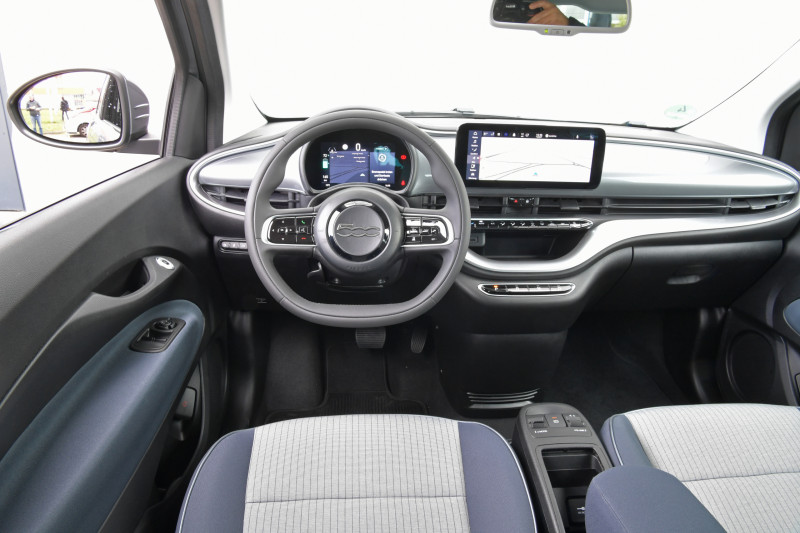
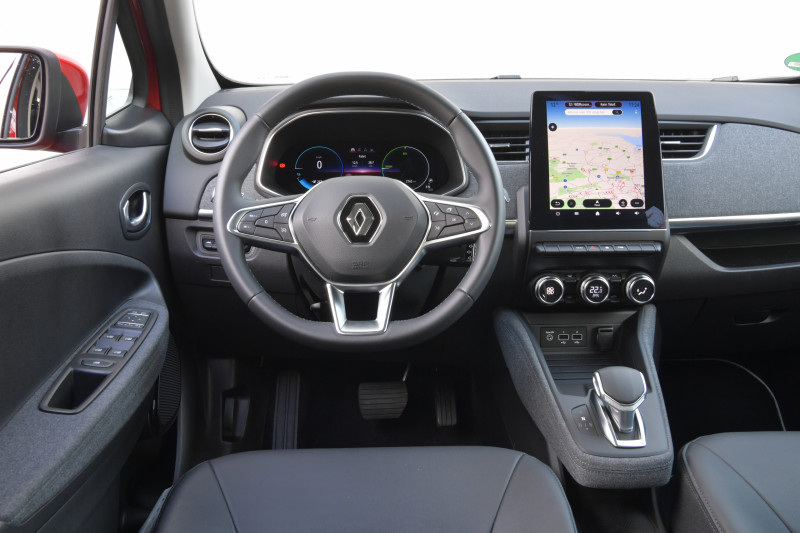
Price: high base prices, low running costs
Don’t be alarmed by the high basic prices. A Fiat 500e with the large battery already costs 28,600 euros and that is the cheapest car in this test. The Renault Zoe R135 starts at 35,390 euros.
On the other hand, you do not have to pay road tax, the maintenance costs are low and that electricity is better than petrol in almost all cases. It doesn’t matter which EV you choose for insurance; the premiums are almost equal. Which means the prices of the test cars and the warranty conditions of the different brands. The Fiat 500e scores best on both fronts.
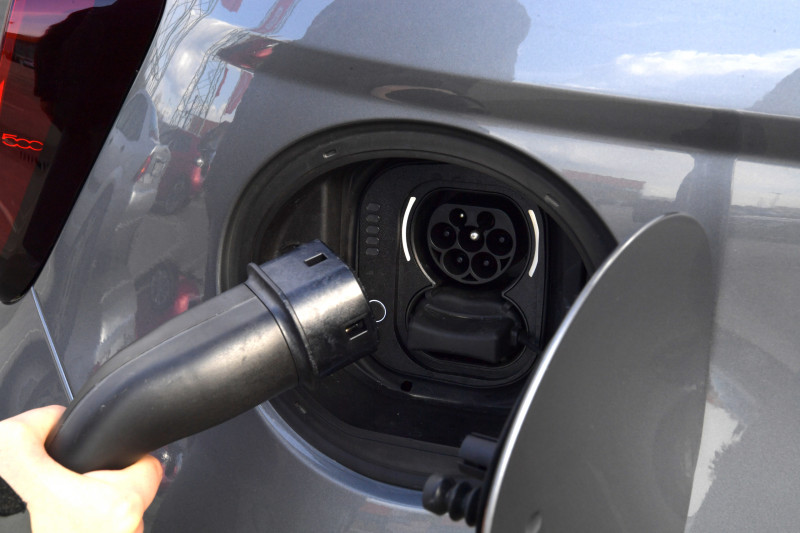
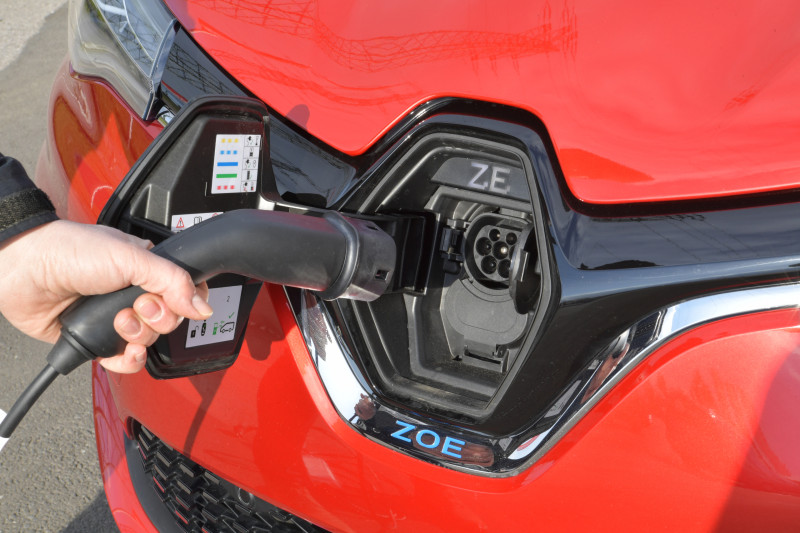
Range and fast charging
Two much-discussed topics of electric cars are the range and charging. The Fiat has a realistic range of more than 200 kilometers, while the Renault can travel almost 300 kilometers on a battery charge. The Zoe owes this to its large 52 kWh battery. And those numbers are with highway miles in the mix.
Fast charging with 50 kW is the norm in this segment. Fiat knows that time is precious and gives the 500e a charging capacity of 85 kW. This comes in handy if you are going on long journeys and want to wait as short as possible at the fast charger. Charging at a charging station in the neighborhood is 11 kW, unless you buy a Renault Zoe. Its on-board charger goes up to 22 kW, which is useful if you regularly plug in the parking lots of lunchrooms or shops, for an hour here or half an hour there.
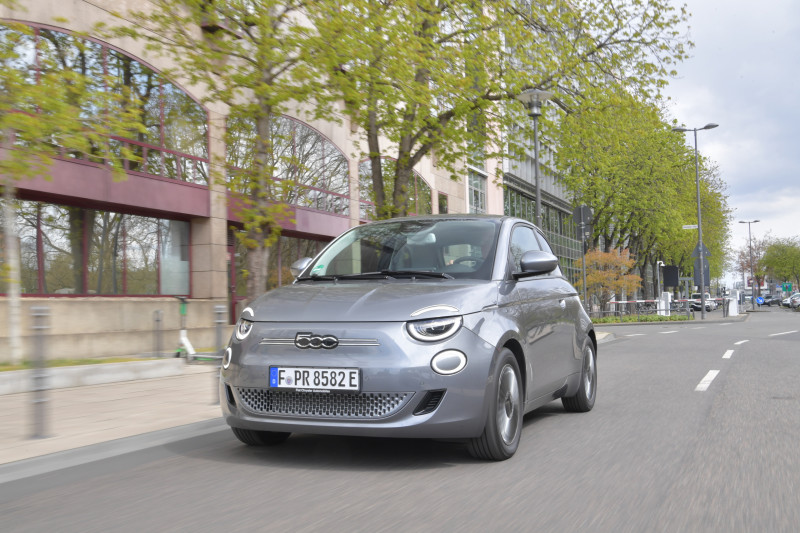
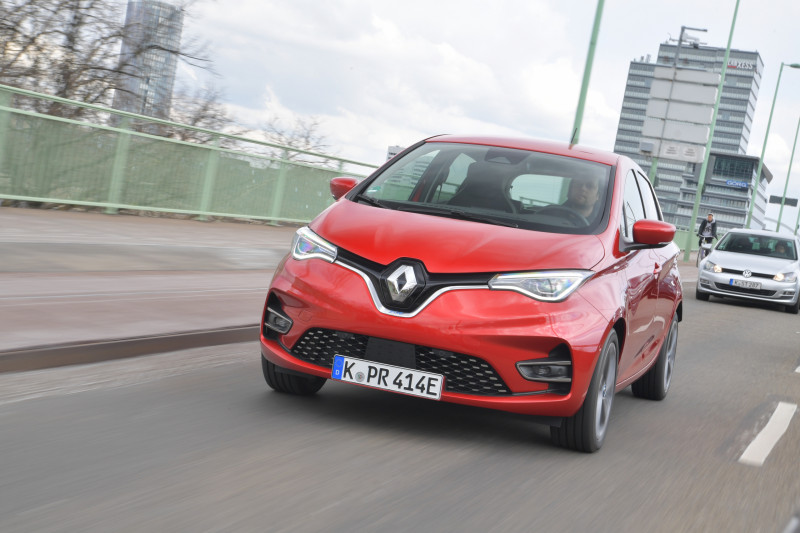
Conclusion
The Renault Zoe has the largest range of all ‘cheap’ electric cars. Still, we think the Fiat 500e is the better city car. It offers the most driving pleasure and combines this with an unbeatable price, extensive safety equipment, an excellent range and the option of fast charging with 85 kW.
Do you want to read the entire test and are you curious about all measurement data, including the driving characteristics and the range of the BMW i3 and the Mini Electric? It’s all in Auto Review 9/2021.